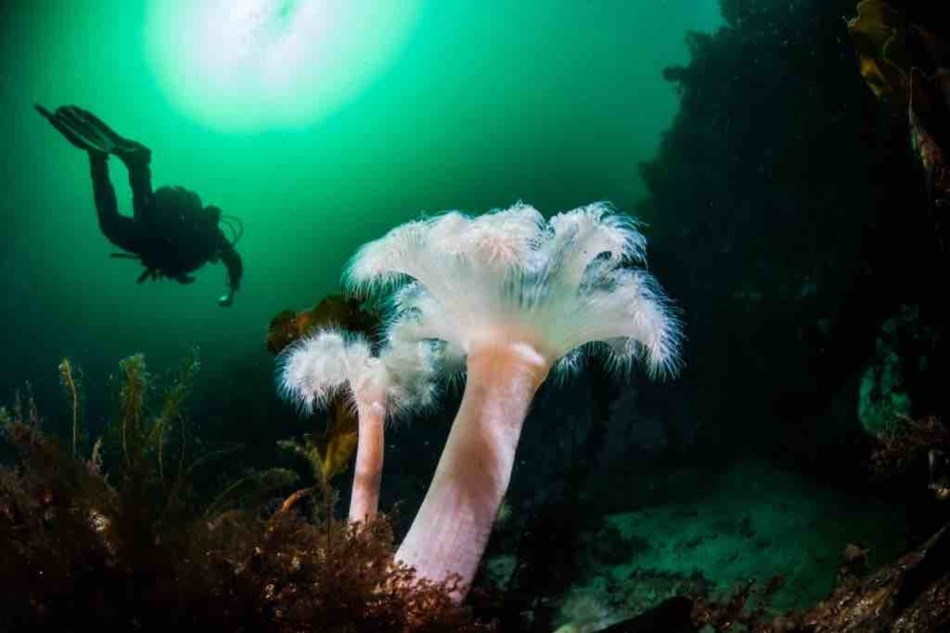The Rost Reef is a deep-water coral reef off the coast of the Lofoten islands in Nordland county, Norway. The reef was discovered in 2002, about 100 kilometres (62 mi) west of the island of Røstlandet. It extends over a length of about 43 kilometers (27 mi), and has a width of up to 6.9 kilometers (4.3 mi).
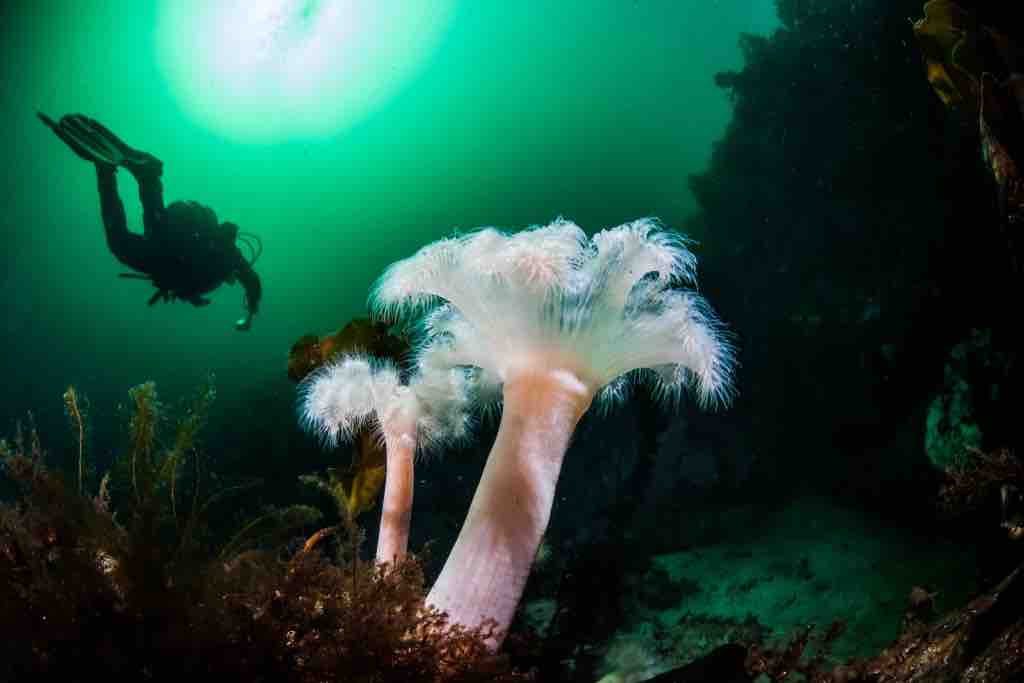
The reef is generated by the coral Lophelia pertusa, and is the world's largest known Lophelia reef. It is also the world's largest known deep-water coral reef. The temperature of the waters near the bottom of the Rost coral reef is 2 °C. WWF recognises the Røst Reef as a global natural heritage that merits protection through Marine Protected Area (MPA) status.
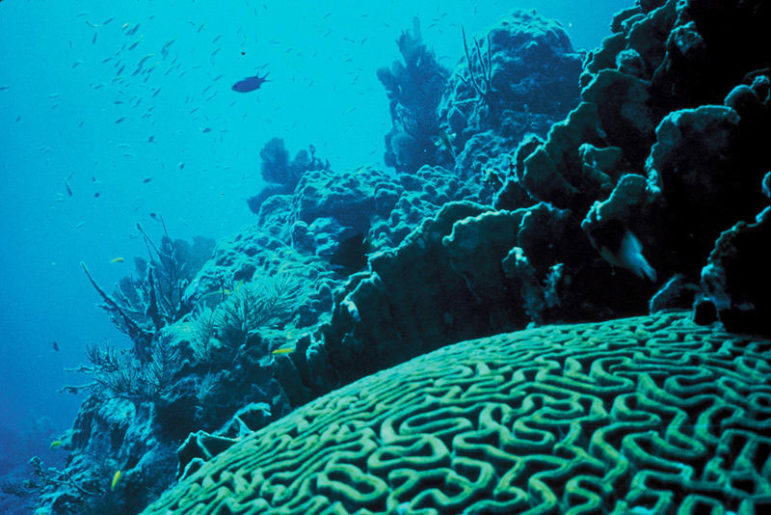
The reef hosts a profuse marine population that ranges from plankton to fish. Lophelia is associated with anemones, jellyfish and other animals. Lophelia are filter feeders and get all their energy by collecting separate plankton from water that flows along deep water currents.
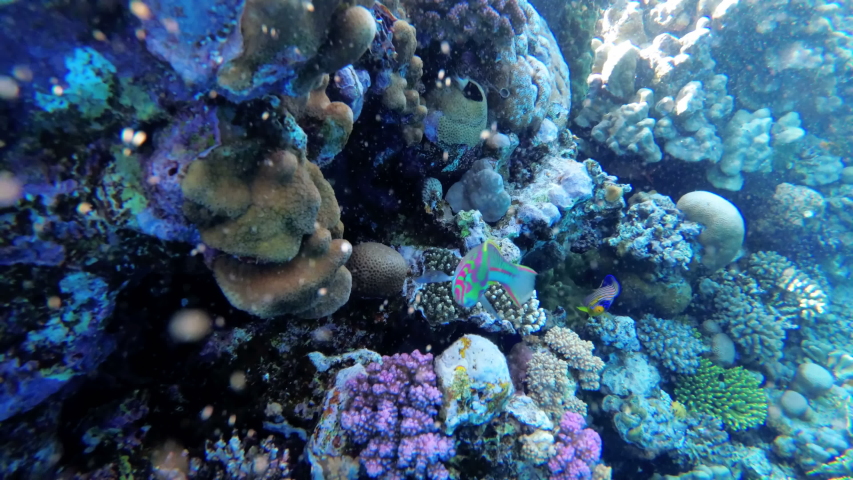
The Lophelia coral provides a habitat for many kinds of invertebrates and fishes. Røst reef is a habitat for invertebrates like worms, starfish, and lobsters, as well as vertebrates like fishes, that depend on deep-sea corals.
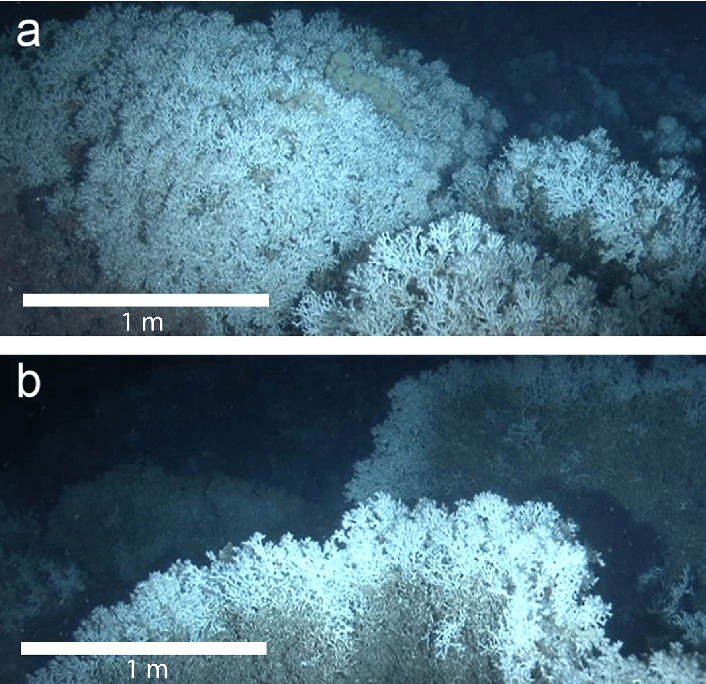
The corals offer food, places to hide from predators, nurseries, and a solid surface.
According to en.wikipedia



